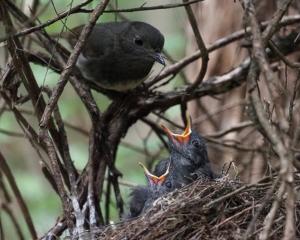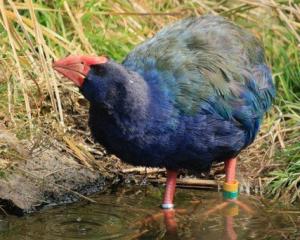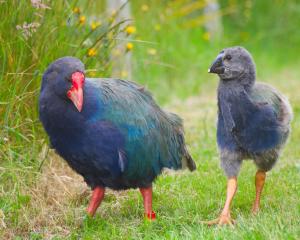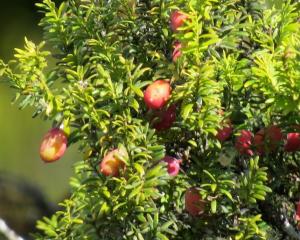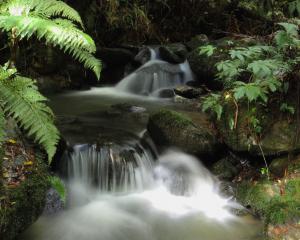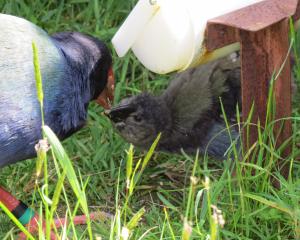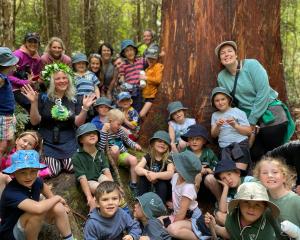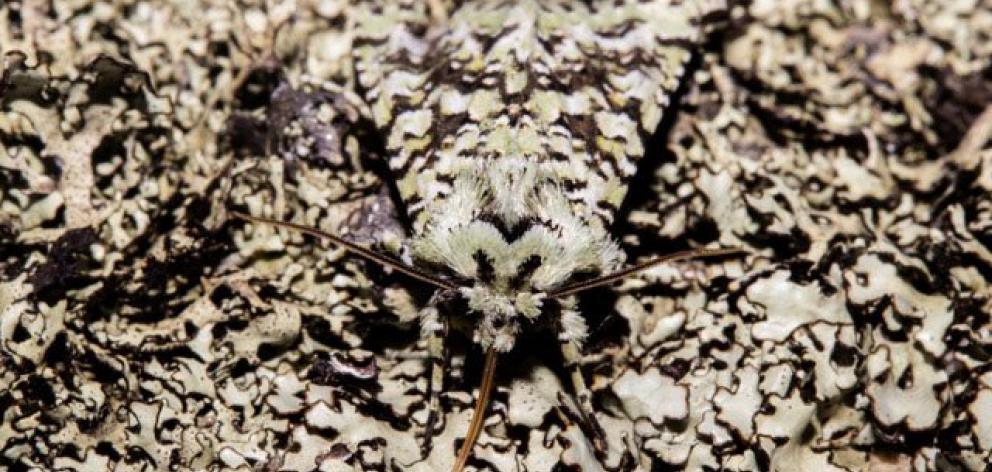
How to grow from being a curious small boy fascinated by nature into being a full-blown ecologist and conservationist, was the lesson youngsters in the audience at Orokonui might have learnt on the first wet Saturday of spring.
On a day when sightings of lizards, butterflies or moths would be far from visitors’ expectations, local herpetologist and lepidopterist Carey Knox lit the fires of enthusiasm first with a wonderful photographic collection of skinks and geckos, then with stories of new discoveries in many familiar places around Otago and Southland.
Carey has been well known at Orokonui since he was a student, when he marvellously was able to relocate jewelled geckos that had been poached from Otago Peninsula to the very bushes they had come from. During his study for his degree he had got to know them individually by their markings and had photographic records of them. Later he brought many of them to the relative safety of the ecosanctuary, where they continue to thrive.
Carey also led an expedition to translocate Otago green skinks to Orokonui from vulnerable sites in Otago. This large skink is particularly vulnerable to predation from introduced mammals and as a result of this, is now very rare in the lowlands of Otago. These large skinks are now thriving at Orokonui and spreading throughout the ecosanctuary.
Having fallen in love with the brilliance of jewelled geckos he went on to a master’s degree and then work with Doc searching for rare lizard populations around Otago, Southland and Fiordland, discovering in the process new species and new populations of rare ones. Today he is Doc’s preferred contractor for threatened lizard work and also for the QE2 Trust, as well as for councils, landowners and community groups.
Otago, he tells us, with about 30 different species, has the greatest diversity of lizard species of any part of New Zealand. He showed many striking photos and talked about eight rare species and their habitats. The satisfaction he derives from the work he does comes from learning more about them and their habitat needs, and finding new populations, thereby being able to improve their threat status. For example, between 2019 and 2023 the status of the Burgan skink changed from "nationally critical" to "nationally vulnerable". Improved knowledge helps improve protection and in some cases prevent extinction.
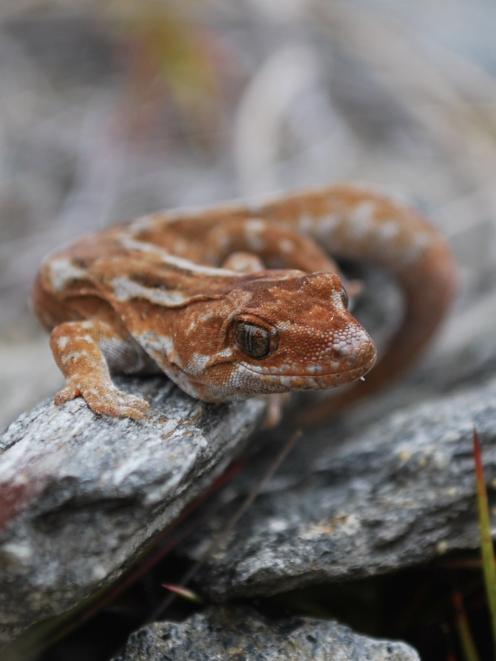
Beautiful and intriguing as the 124 endemic species of New Zealand lizard are, and however fascinating their habitats, it seems that for a young scientist hitting his stride and building a business around his expertise, the drive to expand is powerful. After 10 years as a consultant on lizard species, Carey has taken on the world of lepidoptera, butterflies and moths, moths being the more significant to the New Zealand ecosystem. There are more than 2000 species, a few hundred of which are yet to be described by scientists.
However, first Carey needed to dispel the image of moths as brown and boring and only visible at night. Again he produced many lovely images to disprove those prejudices. Many moths are just as colourful as butterflies, and even those less vibrant show a wide range of interesting wing-shapes and markings. They are important pollinators and are part of a healthy ecosystem. Many fly in the daytime, which is why they are often mistaken for butterflies.
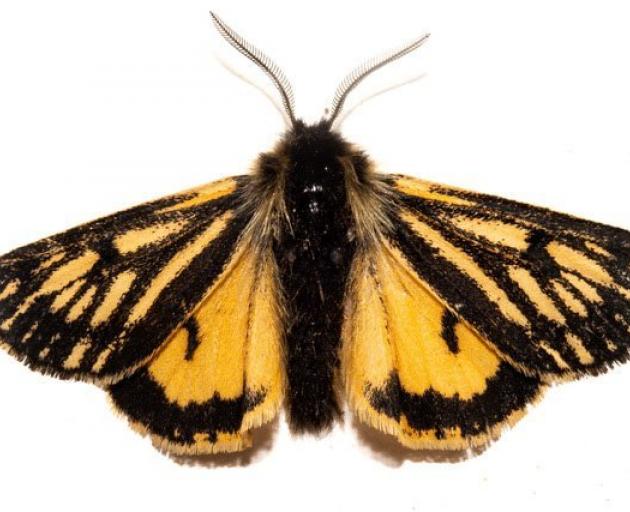
The idea of being out at night surrounded by the fluttering of winged creatures might be anathema to some, but photos of Carey and his colleagues with their pitched tents, white cloths and bright lights in backcountry terrain looked like fun, certainly enough to inspire young lepidopterists, one of whom was present and keen to show Carey his latest moth photos.
For Carey, advocacy for our natural species is a significant part of his role as scientist. The hundreds of beautiful photos he puts up on the citizen science network iNaturalist serve that end, as well as the knowledge he has gained. And his enthusiasm for his subject is infectious. For parents at Saturday’s talk the simplicity of the equipment he demonstrated, which he uses for catching and releasing moths might well encourage them to support the budding scientists in their midst.
Carey Knox is an independent herpetologist and lepidopterist operating under the name Southern Scales.
Alyth Grant is a volunteer and was a fascinated member of the audience at Orokonui.


